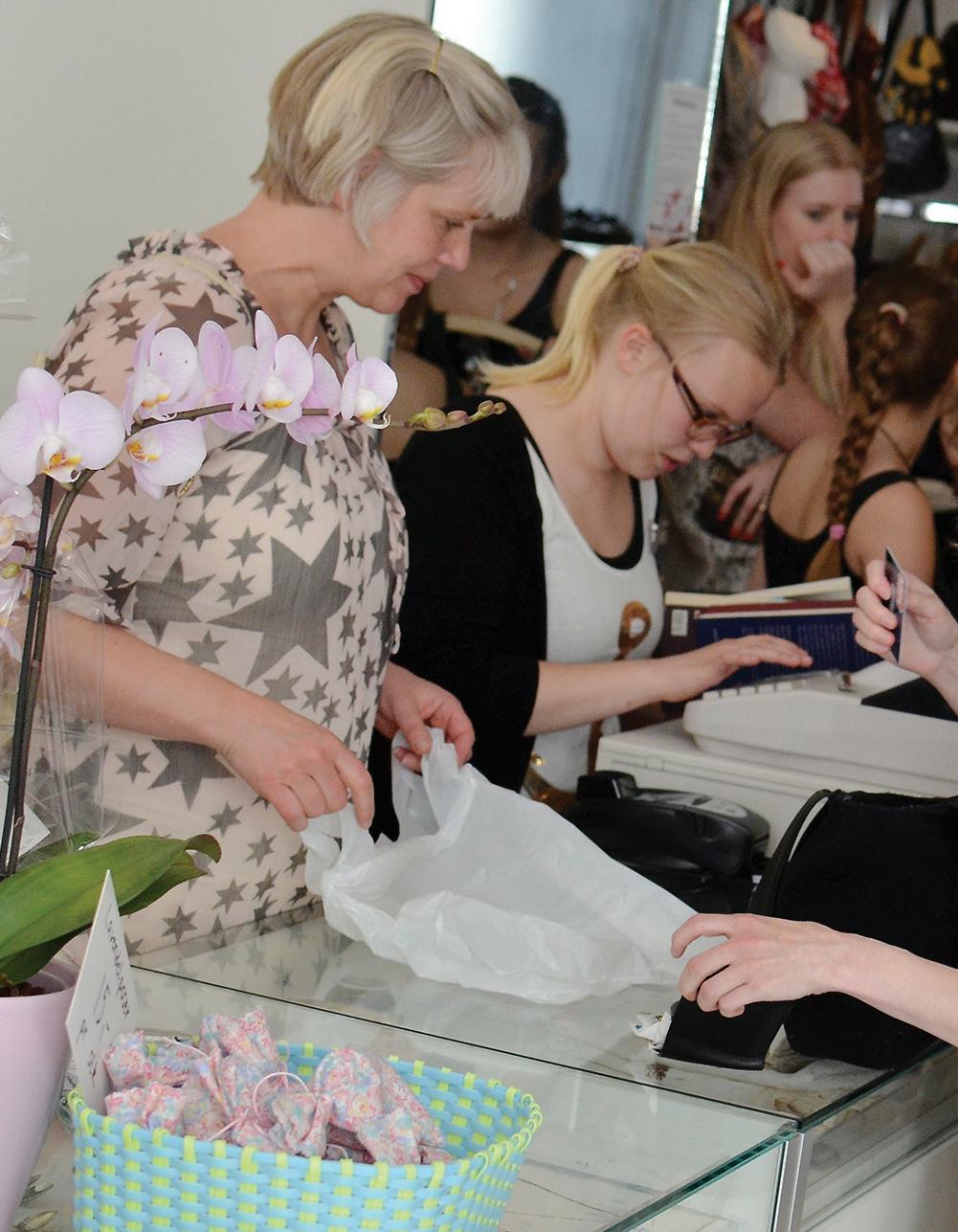ZAMBIA
1
2
S
uddenly I felt like crying. We were on our way to church, listening to a CD of George Beverly Shea singing “How Great Thou Art.” My husband, Fred, joined in, adding his bass voice to one of my favorite songs. That voice took me back 65 years to our college days when he sang in a double male quartet. It had taken some time to find the right guy. Back in high school, I remember looking out the window of my dorm room, watching a missionary family walk along the path. The mother had long, graying hair and was wearing a faded, outdated dress. Several little ones were running beside her. All of them had a yellowish skin color, the result of taking a malarial drug. If that’s what you look like when you’ve been a missionary, I said to myself, I’m not interested. Never! But now, here I was in college. I’d been checking out all the eligible young fellows on campus, but no one
28
Adventures of a Reluctant Missionary quite caught my eye. My best friend, Rena, the pianist for the double male quartet, was eager to introduce me to Fred Thomas. He was one of the basses, but since he was from a missionary family in Kenya, I was hesitant. I’d heard that he planned to return to the mission field upon graduation. Eventually, Rena won out. Under the flowering goldenrod arbor in front of the girls’ dorm, she introduced me to Fred. He brought along a slab of Cadbury’s chocolate to make a good impression. And that was the beginning of the rest of my life! It wasn’t long before I changed my mind about being a missionary. Now I can look back and see how God guided and protected us through the 65 years we’ve been together. Just six weeks after we were married, we arrived in Zambia for our first mission appointment. The only feasible way to get to the mission station in this remote and primitive area was by a single engine, five-seat airplane, called a Rapide. The sides were made of canvas, but we made it safely, much to my relief. Our few possessions were to come much later by barge up the Zambezi River. Upon arrival we rode on the flatbed of an old army truck through the forest on sandy tracks. The ink was barely dry on my new degree in home economics, so you can only imagine what I was thinking as we were ushered into the thatch-roofed house we
were to share with another family. We had one small room for ourselves, plus an attached closed-in porch, just large enough for a bed. The kitchen and washroom, both painted dark green, and the outhouse were to be shared. Drinking and wash water for the house, brought up from the river some distance away in buckets, was pumped up into a raised tank in the back yard. To my dismay, I learned that the task of carrying water to the house was given to the lepers from a nearby colony. The nearest grocery store was 400 miles down the Zambezi River to the town of Livingstone. The only fresh produce we had was whatever we could grow in a small garden. The mission operated a small elementary school, a church, and a dispensary run by a brave Norwegian nurse. She was the only medical help available for anyone within a 300-mile radius. Most of the local inhabitants were spirit worshippers, so we would often be lulled to sleep by the sound of drums beating in the distance. After two years on the mission, Fred had an opportunity to use the skills he learned in carpentry and construction as he worked his way through college. He was asked to start construction of a hospital and housing for doctors. Since it was to be built on a piece of uninhabited land, some distance from the mission, we moved to the construction site and lived in a mud hut. Nine-foot mamba snakes were frequent visitors. By now we had one baby, little Frederick, so while Fred was supervising the










